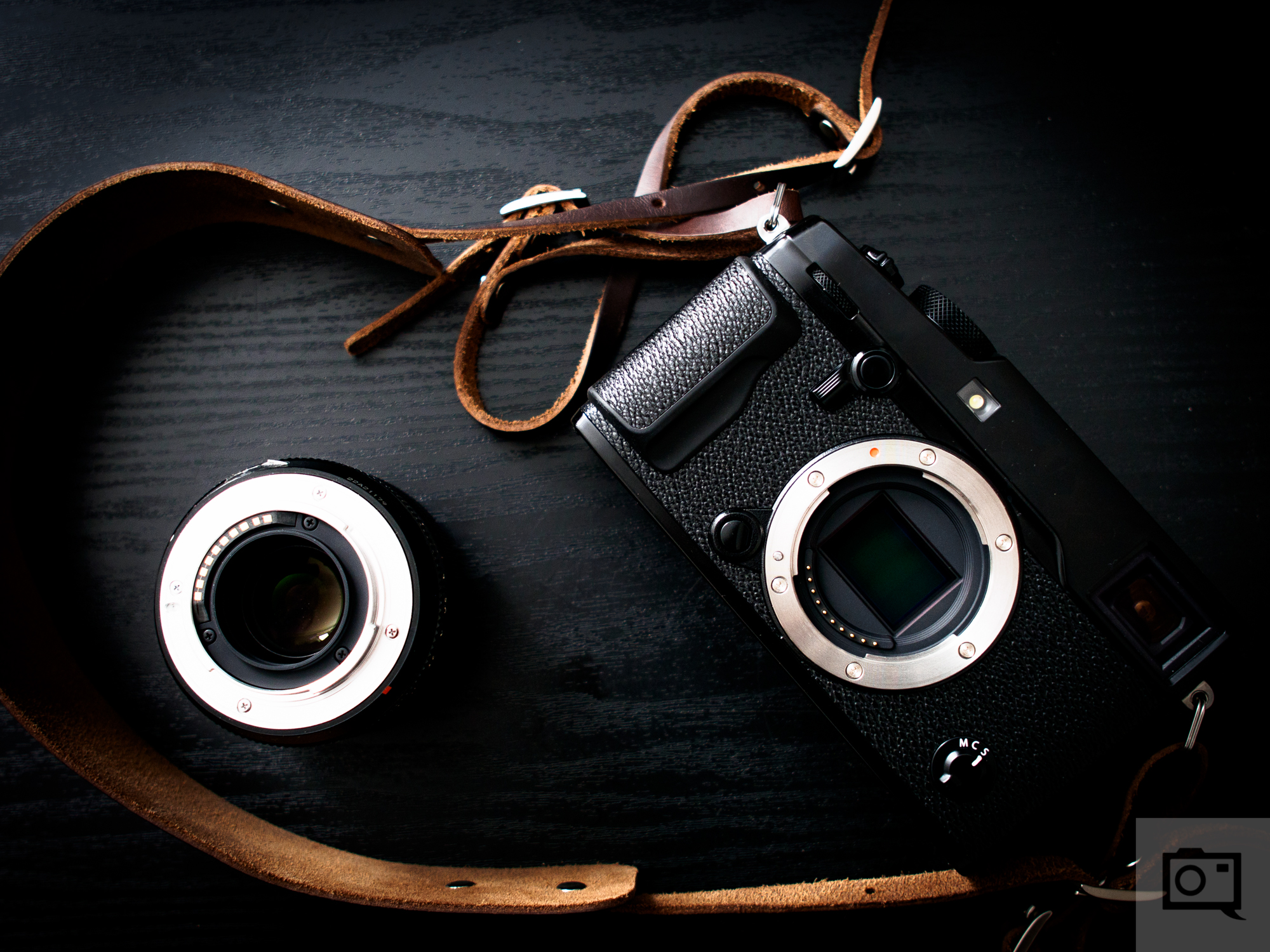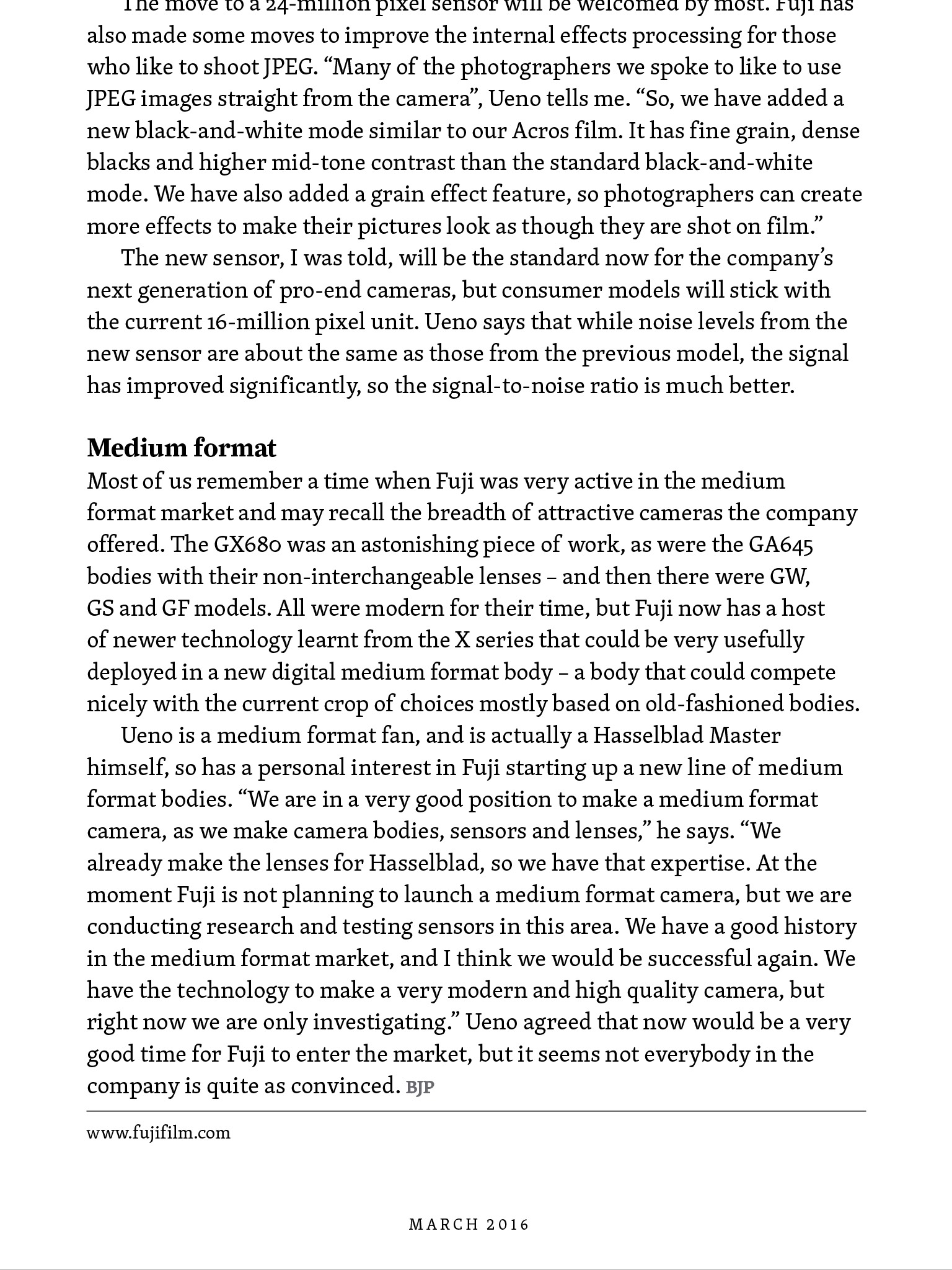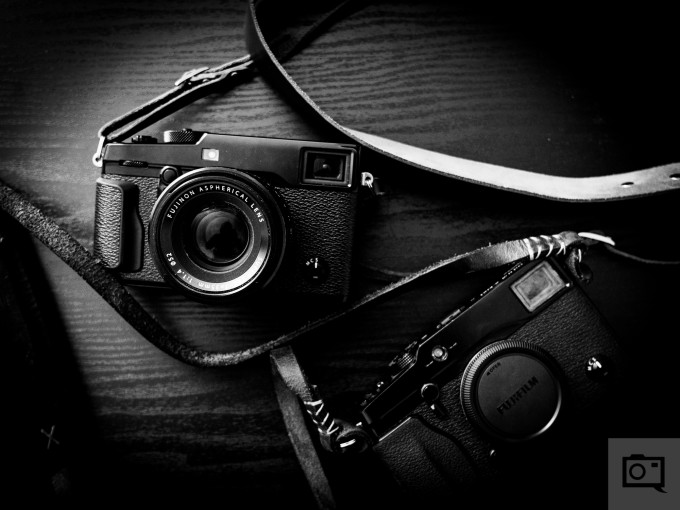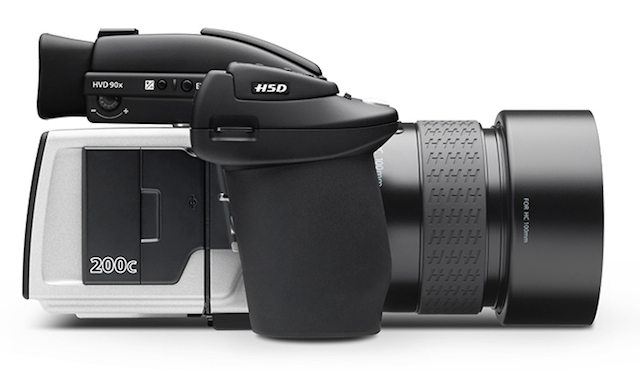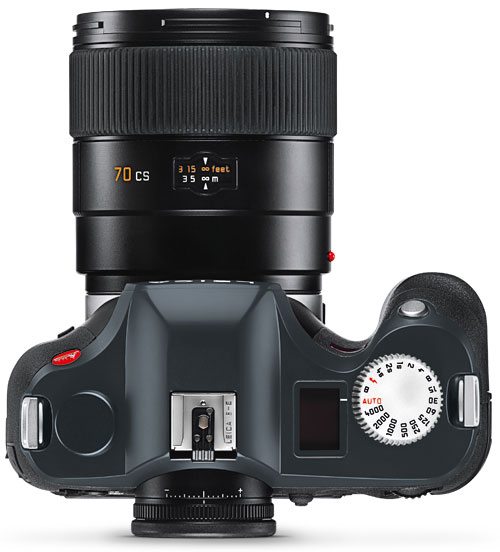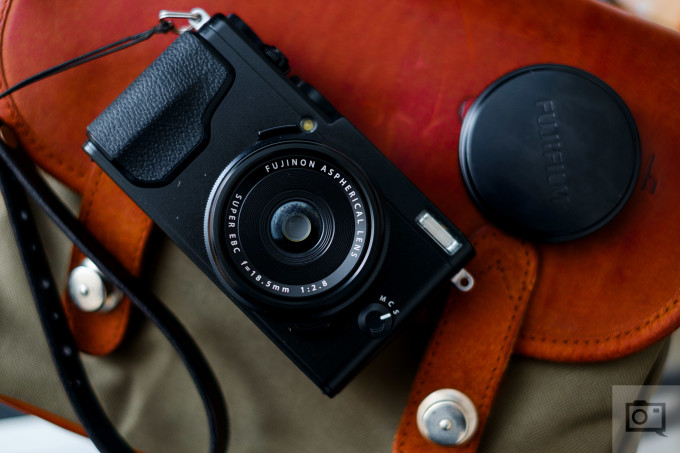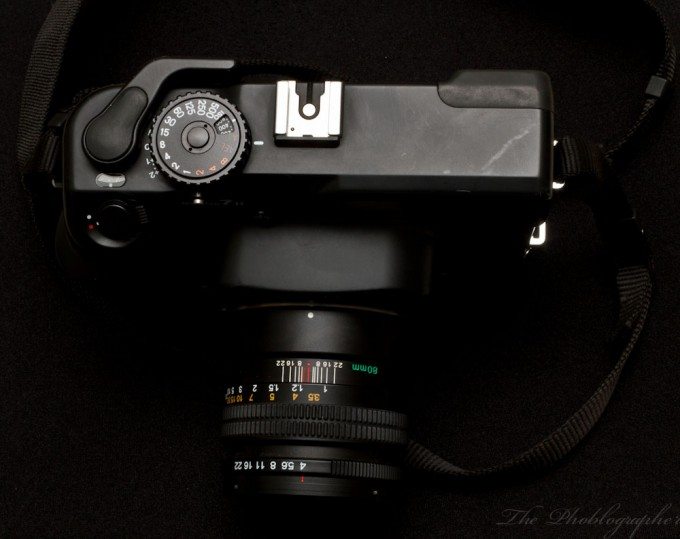Last Updated on 04/04/2016 by Chris Gampat
Photokina 2016 is going to be a very big time for the photo industry if what we’ve seen so far for this year is any hint of what’s to come. One thing that’s been on the mind of Fujifilm camera owners is if a full frame mirrorless camera or a medium format camera would be on the way at all. For years, Fujifilm was well known for its very good medium format film cameras; and in some ways it would make a lot of sense if an X Trans sensor found itself stuffed into a medium format rangefinder style camera or even a proper 645 DSLR.
But how likely is this to really happen?
What Fujifilm is Saying
Last month, the British Journal of Photography (which is honestly the best e-mag out there and I highly encourage everyone to buy a yearly subscription, especially on the iPad) published a review of the Fujifilm X Pro 2. At the end of the review, they cite an interview with a representative of the company who states that they’re actively testing the waters. Mr. Ueno also cites the fact that Fujifilm has had a long history in the segment.
At the same time though, Fujifilm really only does something if they know that it’s going to sell very well. They don’t have the funding that Nikon, Canon and Sony have and so they need to be much more careful about the products that they release. But they’re also very good about listening to customer opinions. Many customers have expressed interest in not only a full frame 35mm sensor camera, but also the possibility of a medium format camera.
If Fujifilm decided to launch a medium format camera system then they’d need to ration the manufacturing accordingly and also would be in a similar position to what Pentax was in for years: a whole load of fantastic APS-C products, with a fantastic medium format camera for the ultra high end 1Dx and D5 crowd, and no middle ground for the full frame 35mm world. Of course, that’s not to say that Fujifilm’s X Trans sensors can’t compete with full frame cameras, but there are loads of snobs out there that won’t go below a full frame sensor.
In some ways, I can’t necessarily say that I blame them. But to me personally, modern cameras and lenses are so damned good that all I care about is my lighting.
Lenses
For years now, Fujifilm has been making the glass for Hasselblad’s lenses. Lens manufacturing overall though in the medium format realm doesn’t really move as quick as it does with APS-C and full frame 35mm offerings. Why? It’s typically an issue of sales. But at the same time, a lot of medium format lenses end up not performing as well as they should with more modern sensors because of a sufficient lack of updates. Indeed, more money and funding goes into the production of backs. The only companies that I feel produces lenses very frequently are Leica and Phase One.
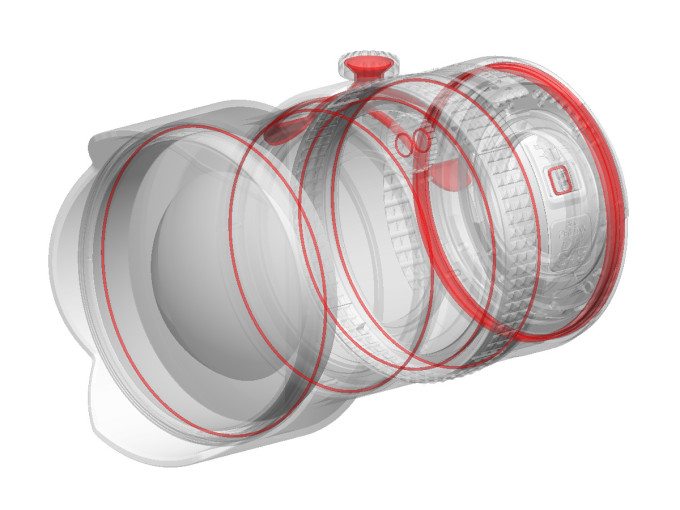
Many camera systems have more lenses for their APS-C sensor cameras than they do their full frame cameras because of the fact that the APS-C sensors are what dominates the majority of sales. Just take a look at the best sellers on Amazon!
Because of Fujifilm’s expertise here, they could quickly catch up to the other systems such as Phase One, Pentax, Hasselblad, and Leica.
Sensors
Fujifilm’s sensors are rather unique. They’re manufactured by Sony but designed by Fujifilm to be very specific and different than many other options out there. But making these sensors is a complicated and expensive process. They essentially have a giant sheet and need to cut pieces out of it that don’t have imperfections. The smaller the sensor is, the cheaper it is and the more you can get. The larger the sensor is, the more expensive and the less you get from an area.
But let’s think about what photographers shooting medium format cameras used Fujifilm’s films the most? By far, you’re probably seeing Velvia and Acros users with maybe some Astia users. To that end, landscape photographers would probably be most interested considering Fujifilm’s very good film camera color profiles.
Just imagine it: a digital sensor that renders Fujifilm Velvia the way that Fujifilm intended it to be done.
A New System?
A whole new system could be tough to do for sure! However, it isn’t impossible; but it also doesn’t make sense for the company to really create loads of digital backs. Instead, what Fujifilm may do is create a fixed lens camera to start it off with a leaf shutter the same way that they did with the Fujifilm X100 series which later evolved into the X Pro 1. A fixed lens camera with a body similar to a Mamiya 7 II (which had interchangeable lenses) or a Lomography LCA 120 could make a lot of sense. They also had other very famous cameras–if you’ve ever heard of the “Texas Leica” then you probably know what I’m talking about.
So could it happen? Sure.
Will it happen? If Canon and Nikon start stepping more seriously into the mirrorless camera world with full frame equivalents and more lenses, then Fujifilm, Olympus and Panasonic could find themselves in some tougher times.


